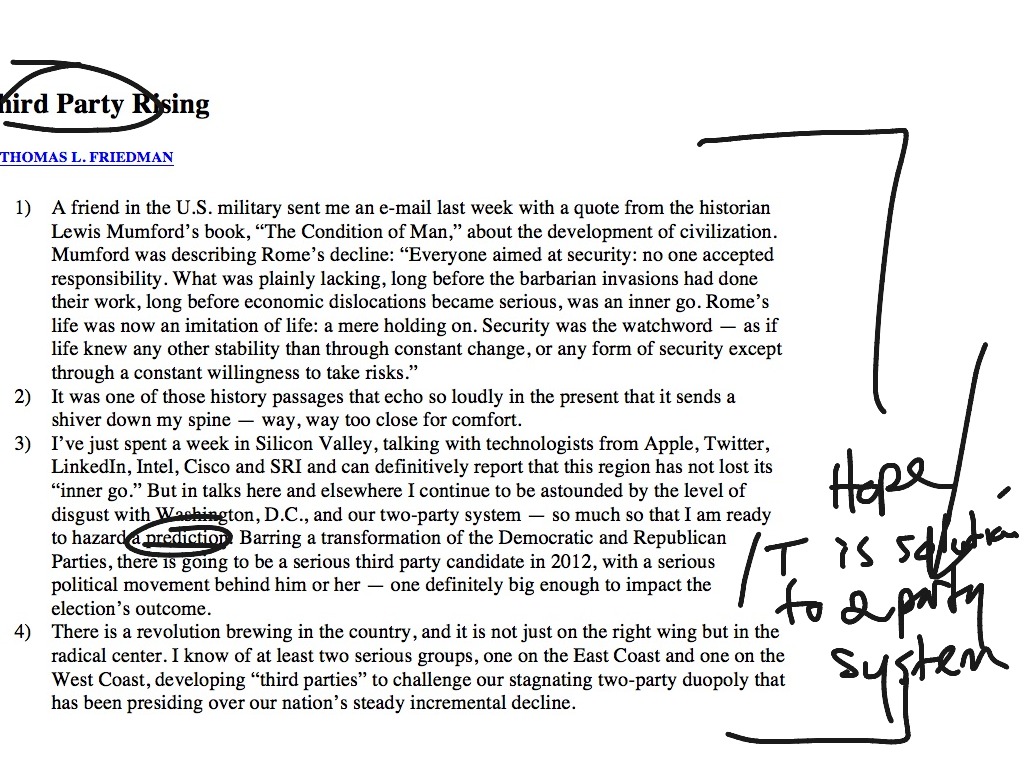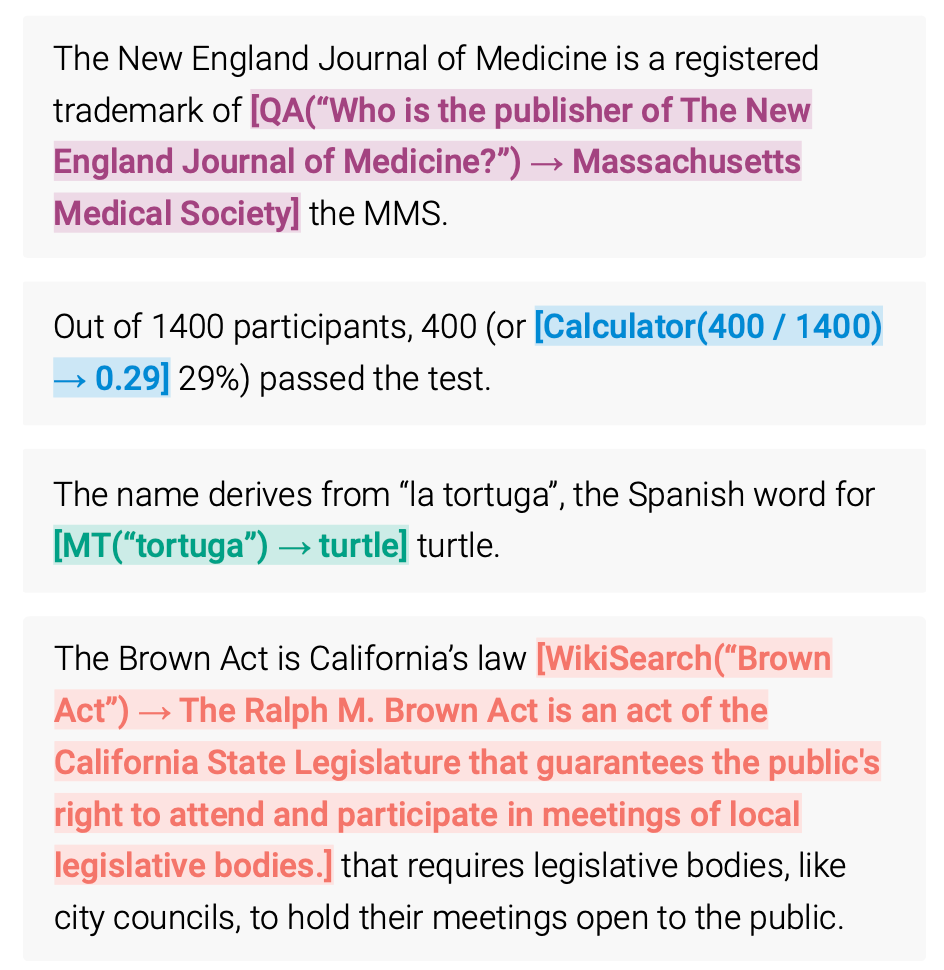

It was found that one third of participants experienced some cognitive decline (defined as a decrease of 2 or less in MMSE score), but very few reached levels of cognitive impairment (decrease of more than 2 points in MMSE score). The mini-mental state examination (MMSE) tool was used to determine cognitive function, including measure of attention, recall and language. Two validated tools were used in data collection: the Frequent Food Questionnaire was used to determine consumption of chocolate bars, snacks and cocoa powder over a year prior to baseline. Baseline, and follow-up (at between 2 and 9 years after baseline) data were collected for each participant through individual interviews, as well as medical examinations. (2016) explored the relationship between cognitive decline and chocolate consumption among 309 older people (age ≥ 65 years at commencement of study). doi: 10.3233/JAD-160142Ĭocoa and chocolate products have been claimed to have a number of health benefits, including on cognitive health. Journal of Alzheimer’s Disease, 53, 85-93.


(2016) Chocolate consumption is associated with a lower risk of cognitive decline. Note that the length of each is different because each entry was written to meet different requirements. The summary or description may look something like the following example (see below in bold). The information you include will depend on what you’ve been asked to do, and the purpose of the task.

It will usually comprise a single coherent paragraph, but sometimes you will be asked to provide a shorter summary in just one or two sentences. Note that you don’t need to summarise everything in your annotated bibliography. If appropriate to your subject area, are there any quotations that summarise the main argument?Īnother way of tackling summaries is the 5WH approach:.Why was the research done? What issues were addressed?.What evidence is being used to support the conclusions?.What is included in the research and what is left out? What are the limitations of the research?) What is the scope of the research? (i.e.What are the main arguments or research findings?.How was the research conducted? What methods of collecting and analysing data were used?) What research methodologies have been used? (i.e.Take notes on the following questions, in your own words, and this will then form the basis of your summary: This involves briefly outlining the author’s main points, as well as providing an overview of the approach or methodology they have used.Īs you read each source, focus on understanding the main ideas. A fascinating account which proves the old adage about truth and fiction.Ĭlick here to see what a critical annotation for this book would look like.The first part of an annotation is usually a summary or description of the text. Contains a chapter on the vampire in literature and a bibliography of both true and fictitious vampires. Annotations have a challenging role: to speak. Includes case histories, ancient accounts, an anthropological-type survey of various nations, asides on premature burial, necrophilia, and various perverse and antisocial acts. They can include details outside of the visuals, such as design rationale, scenarios, edge cases, or examples. "The first serious study in English of the Vampire, and kindred traditions from a general, as well as from a theological and philosophical point of view." Concludes that "it is hard to believe that a phenomenon which has so complete a hold over nations both old and young, in all parts of the world, at all times of history, has not some underlying and terrible truth however rare this may be in its more remarkable manifestations." The study covers appearance, characteristics, causes for, feeding habits of, and precautions to be taken against. The Vampire, His Kith and Kin. New York: Dutton, 1929.


 0 kommentar(er)
0 kommentar(er)
